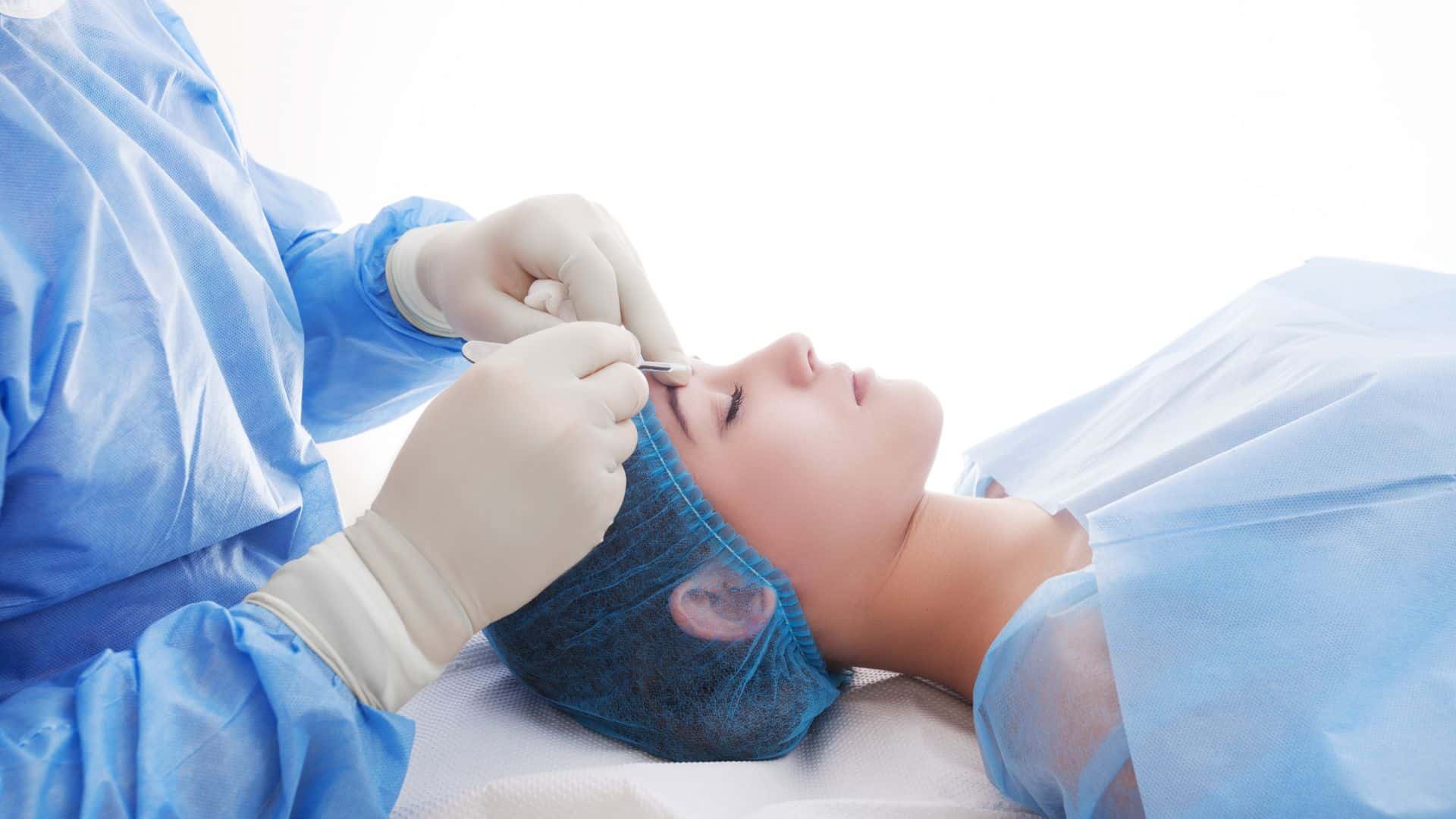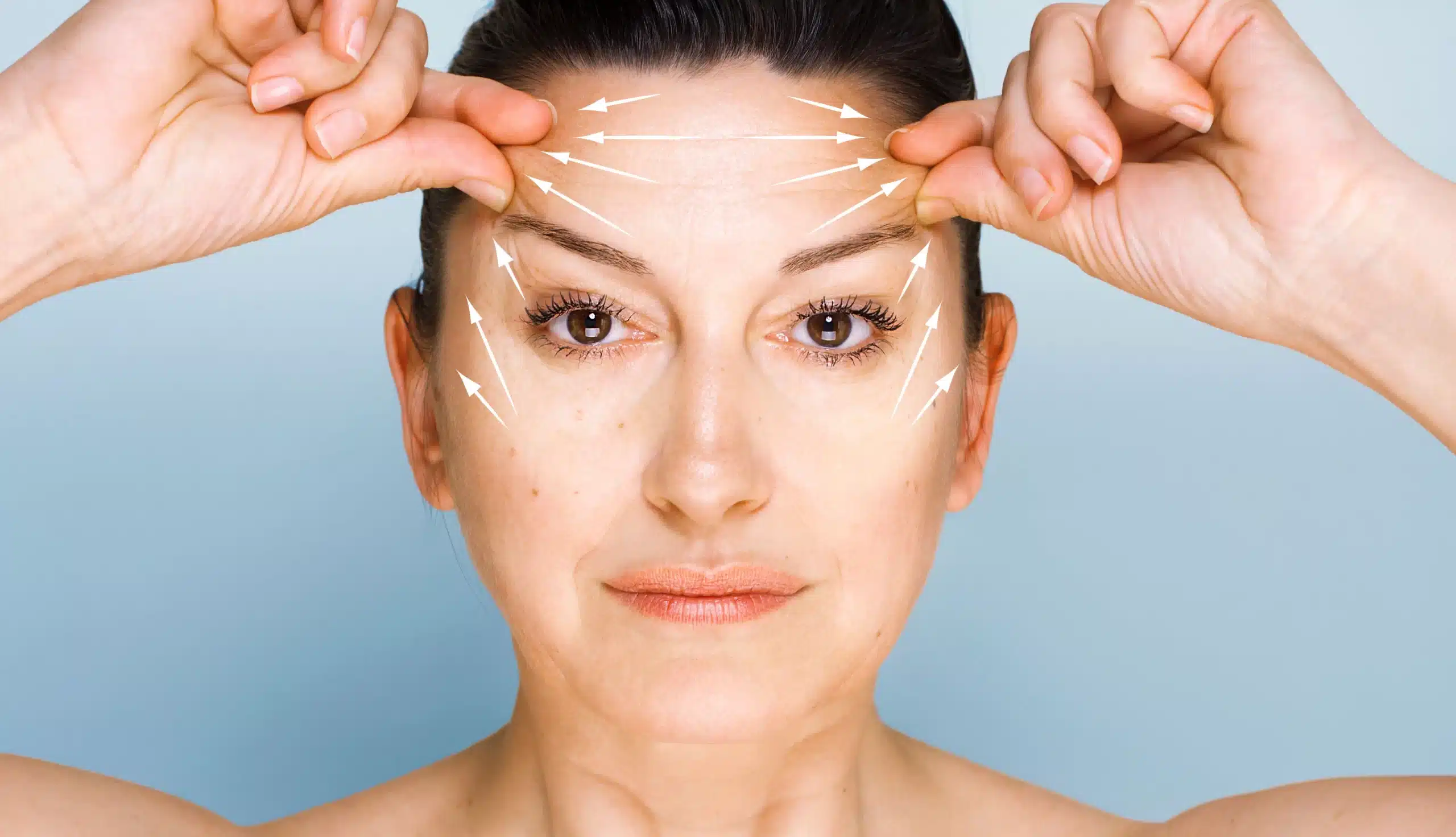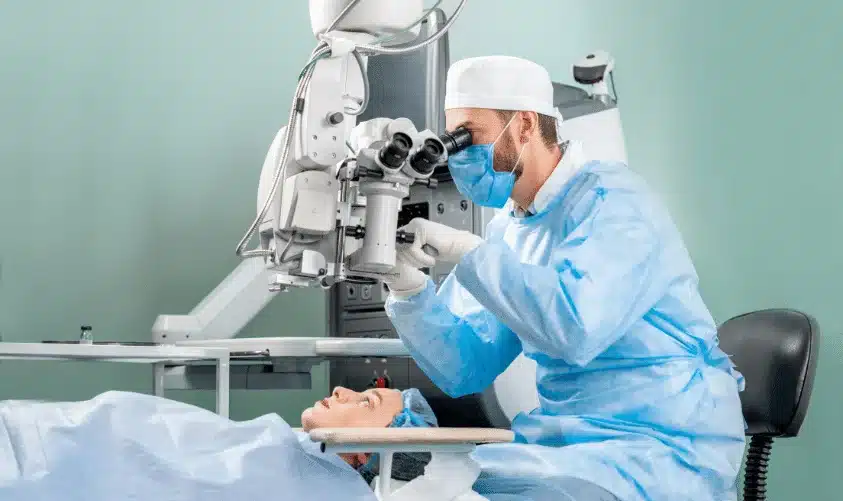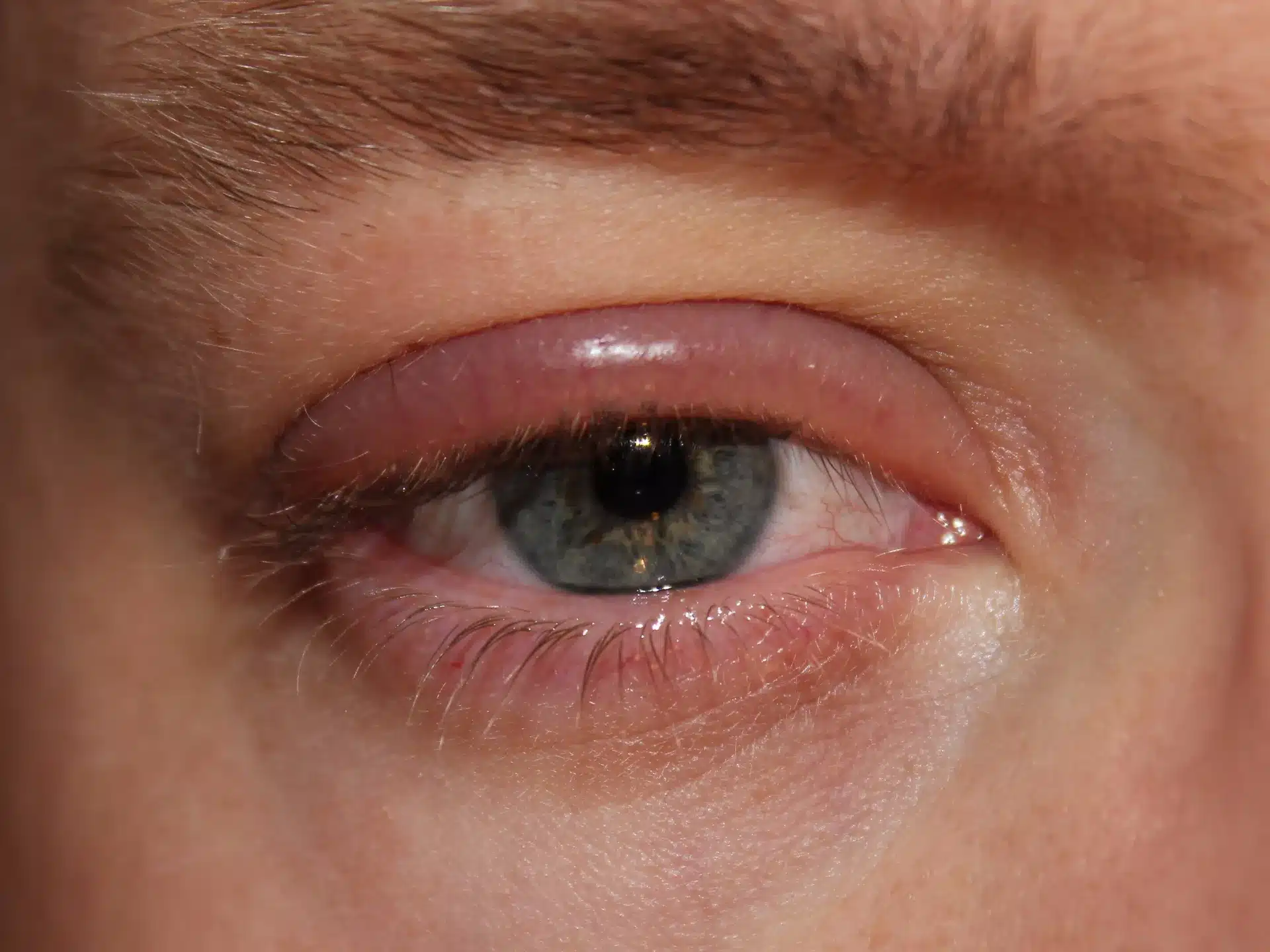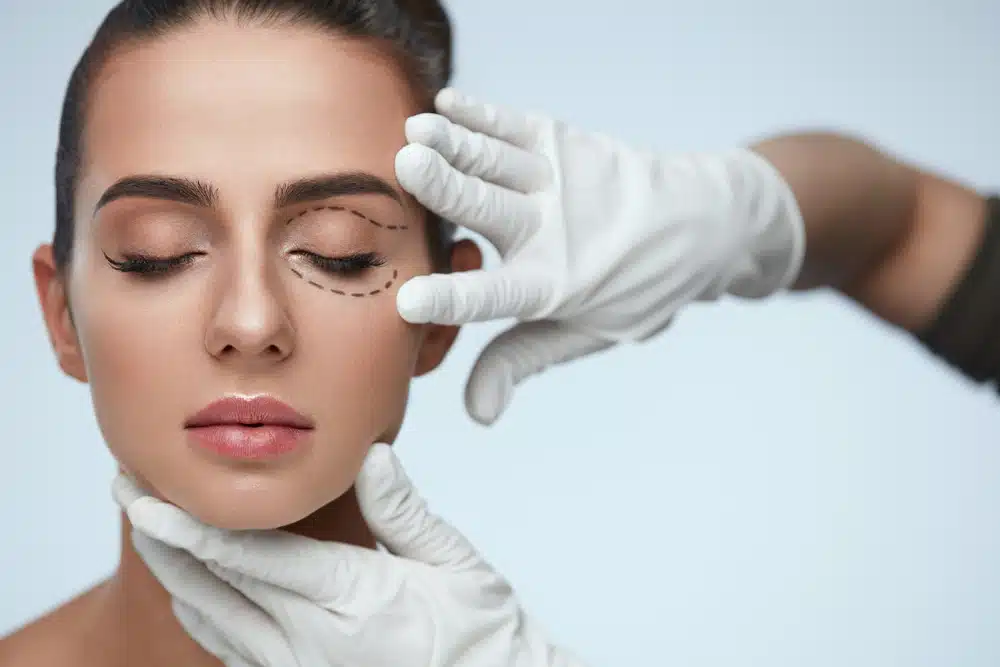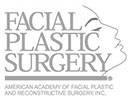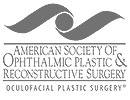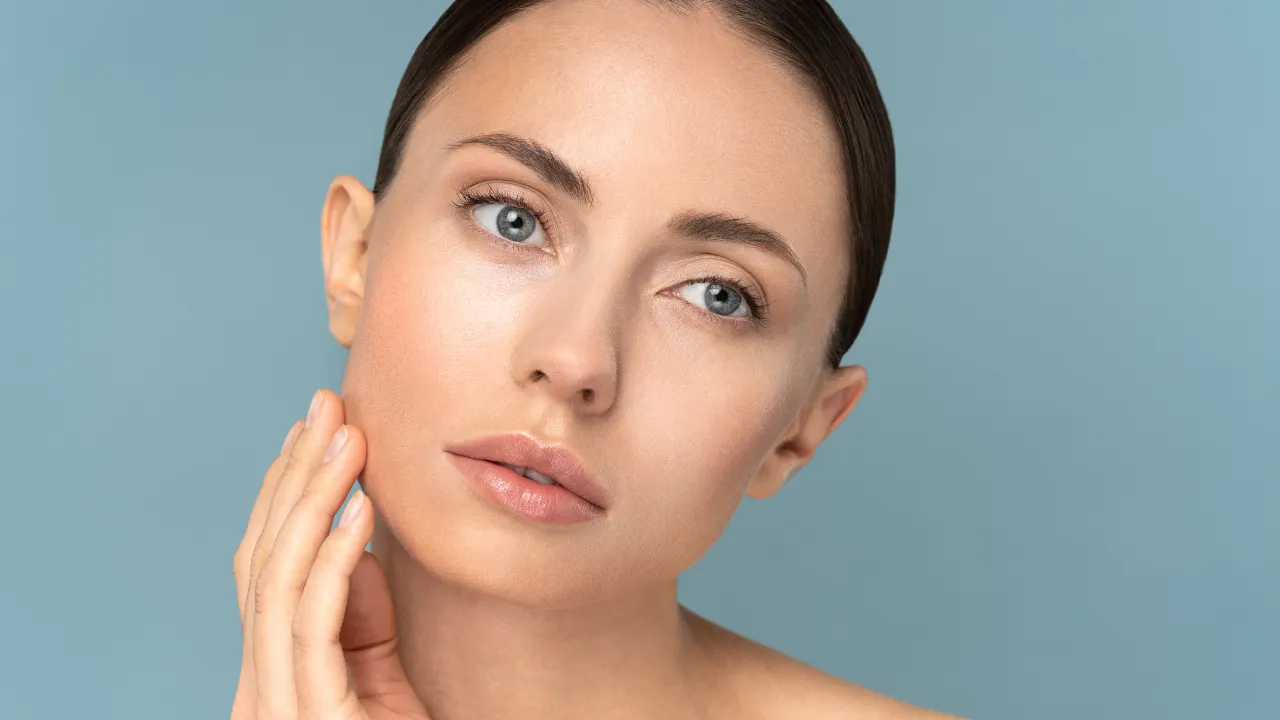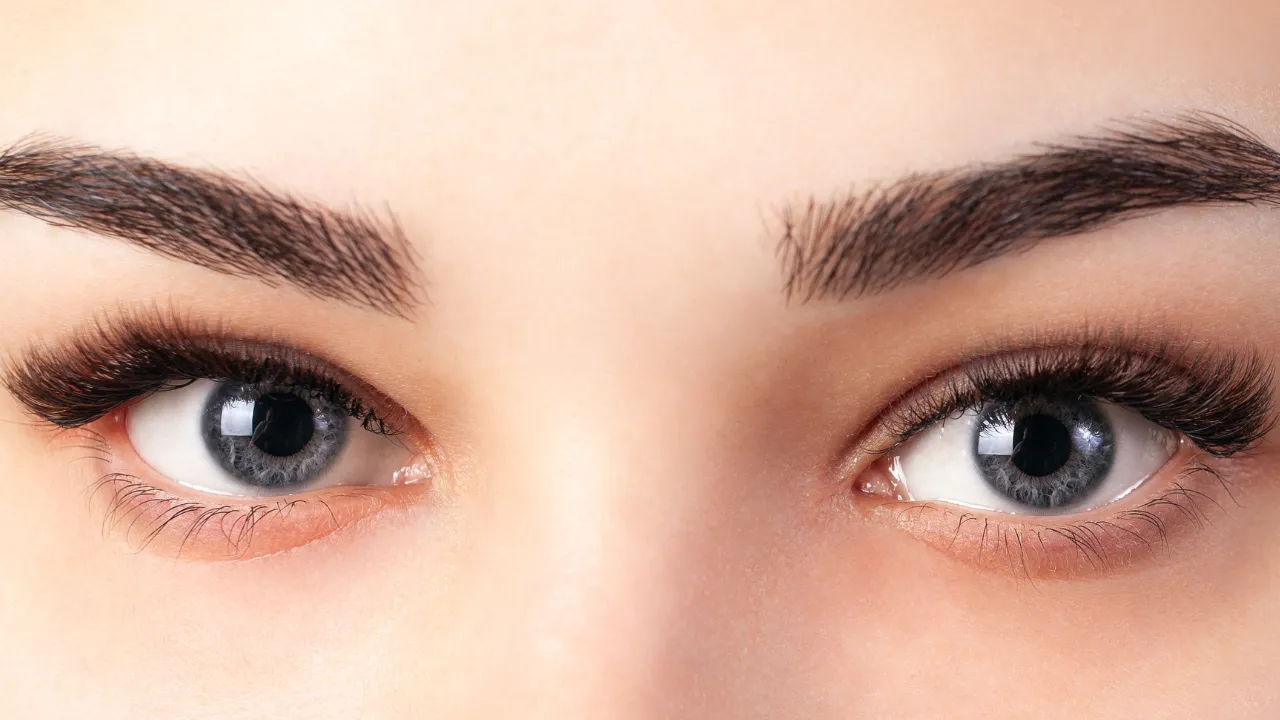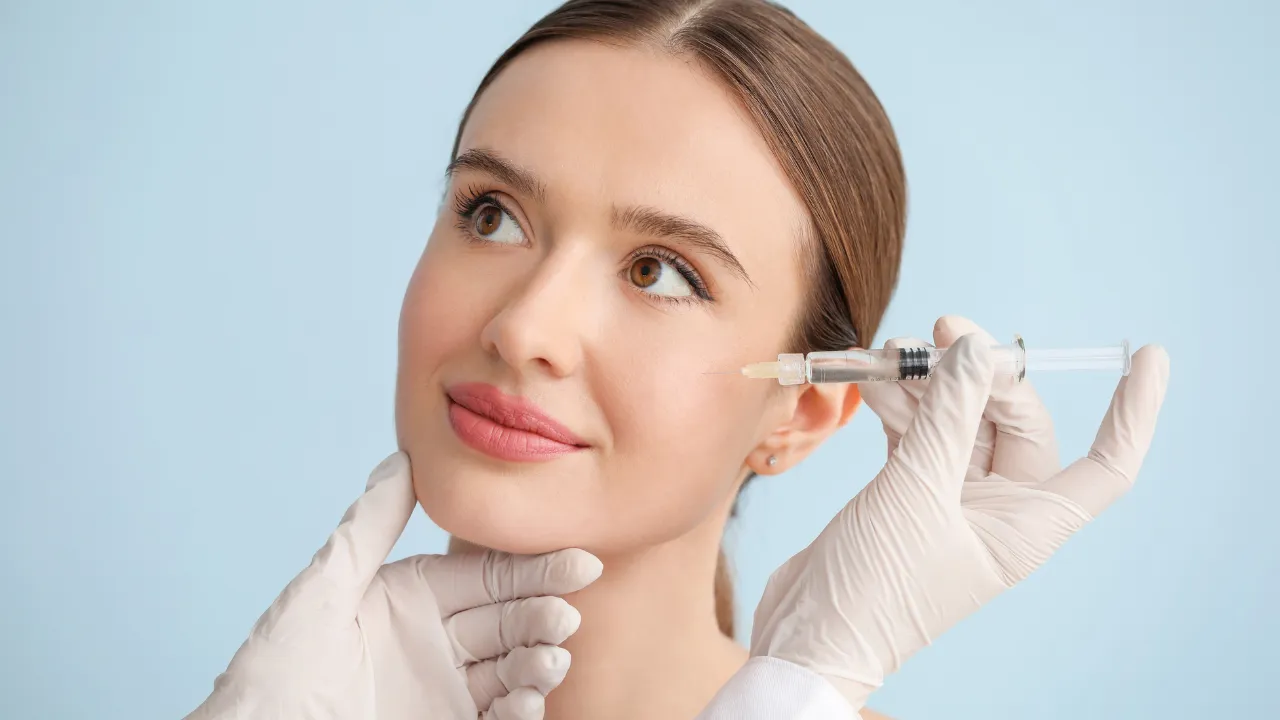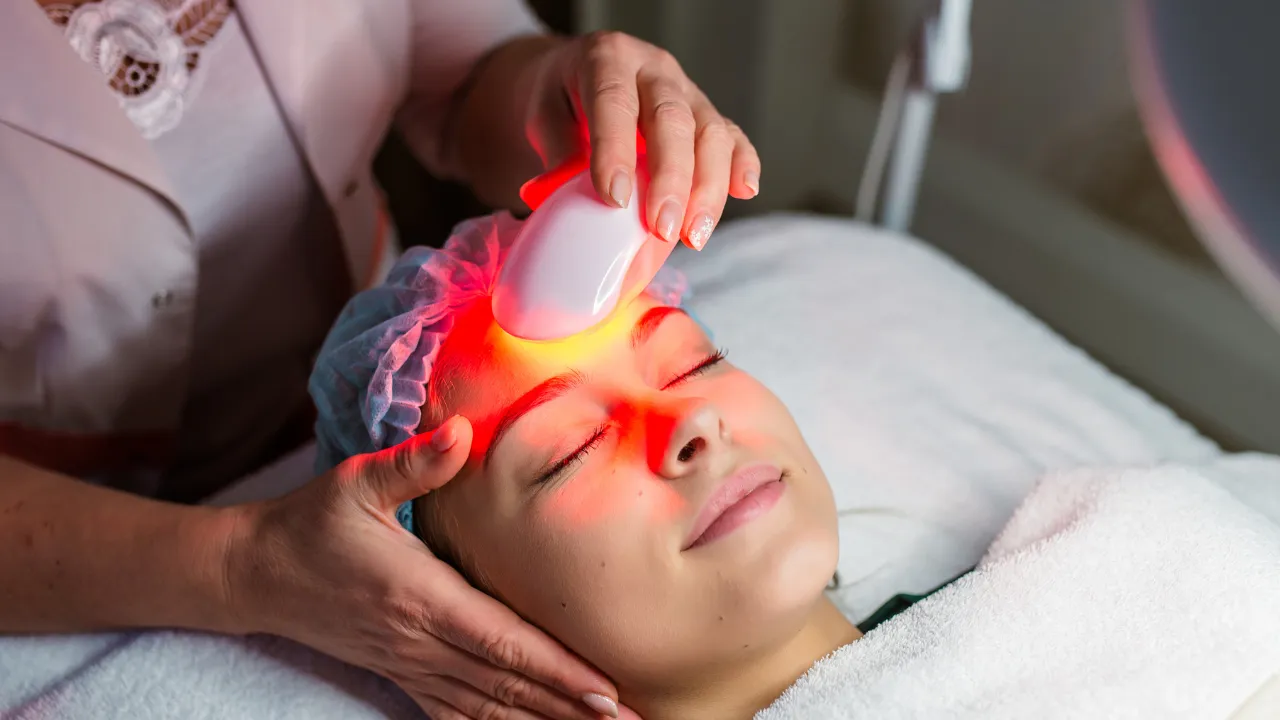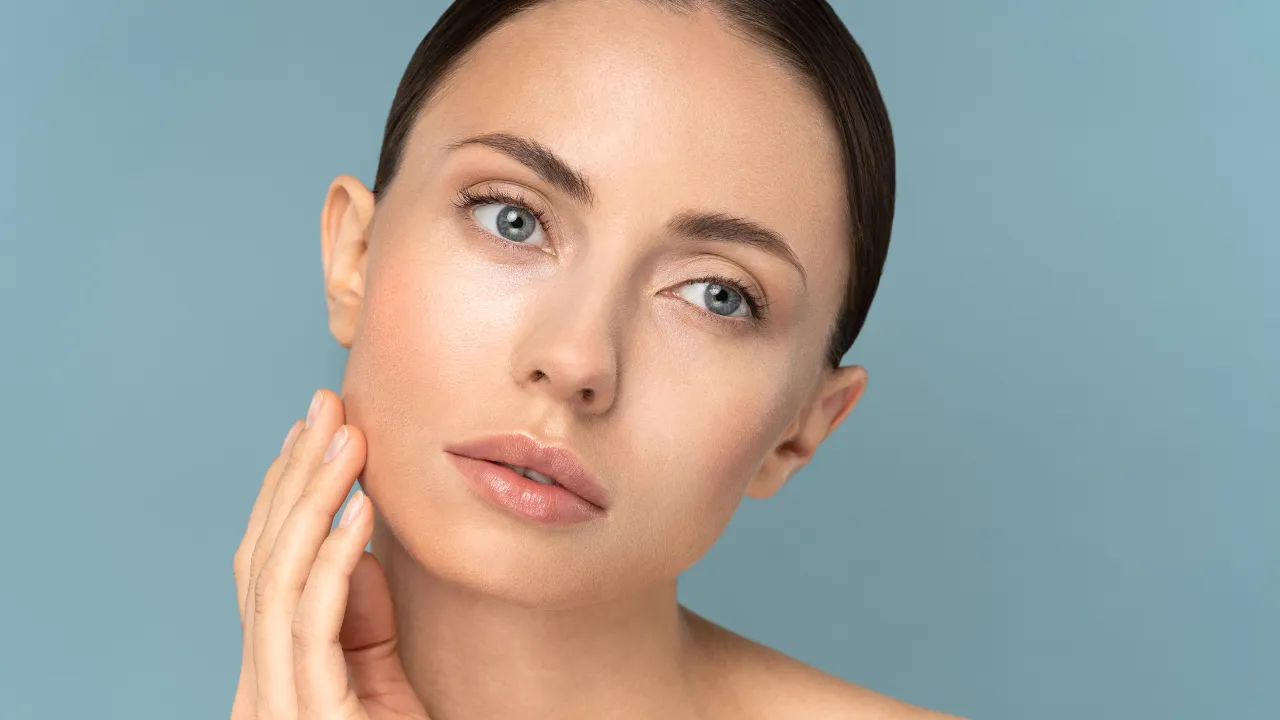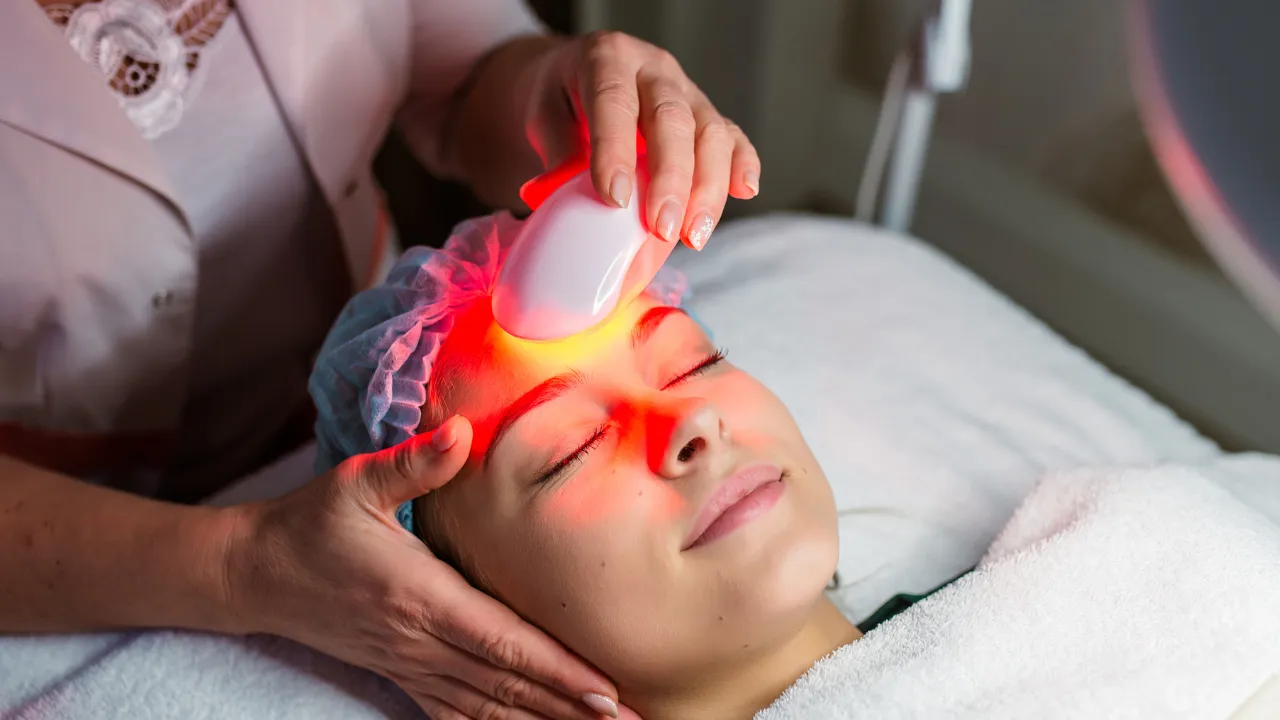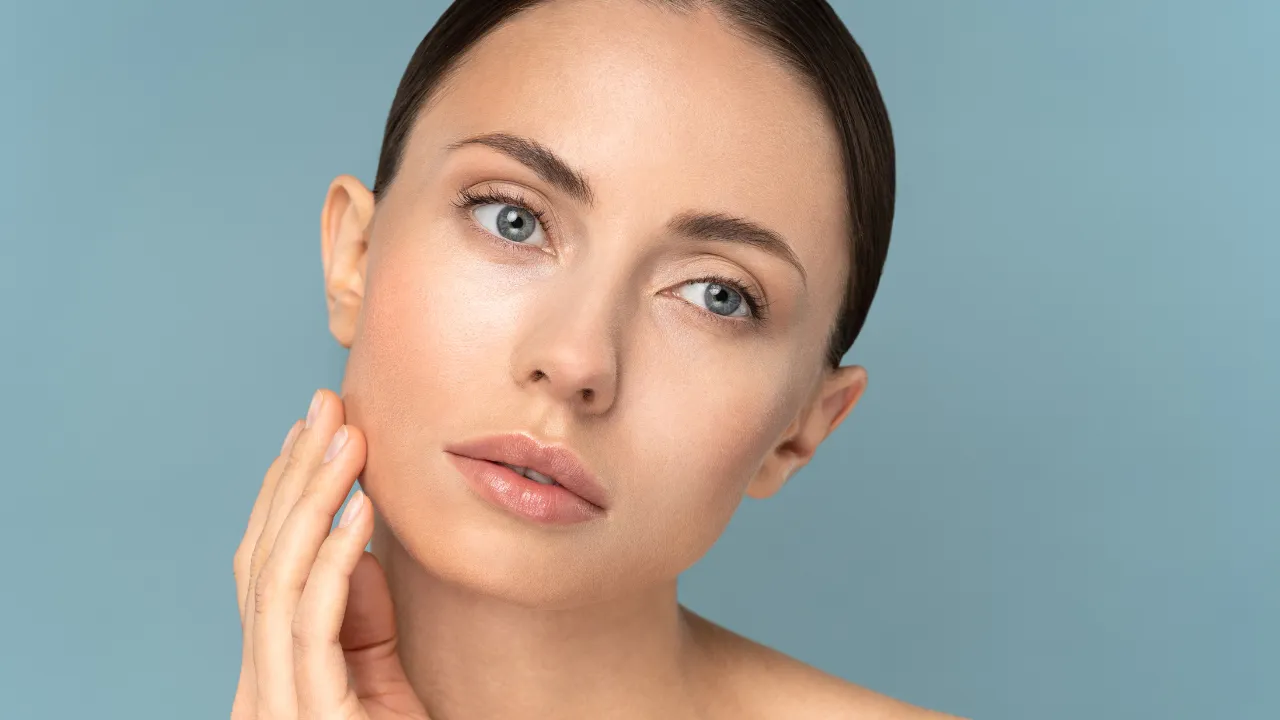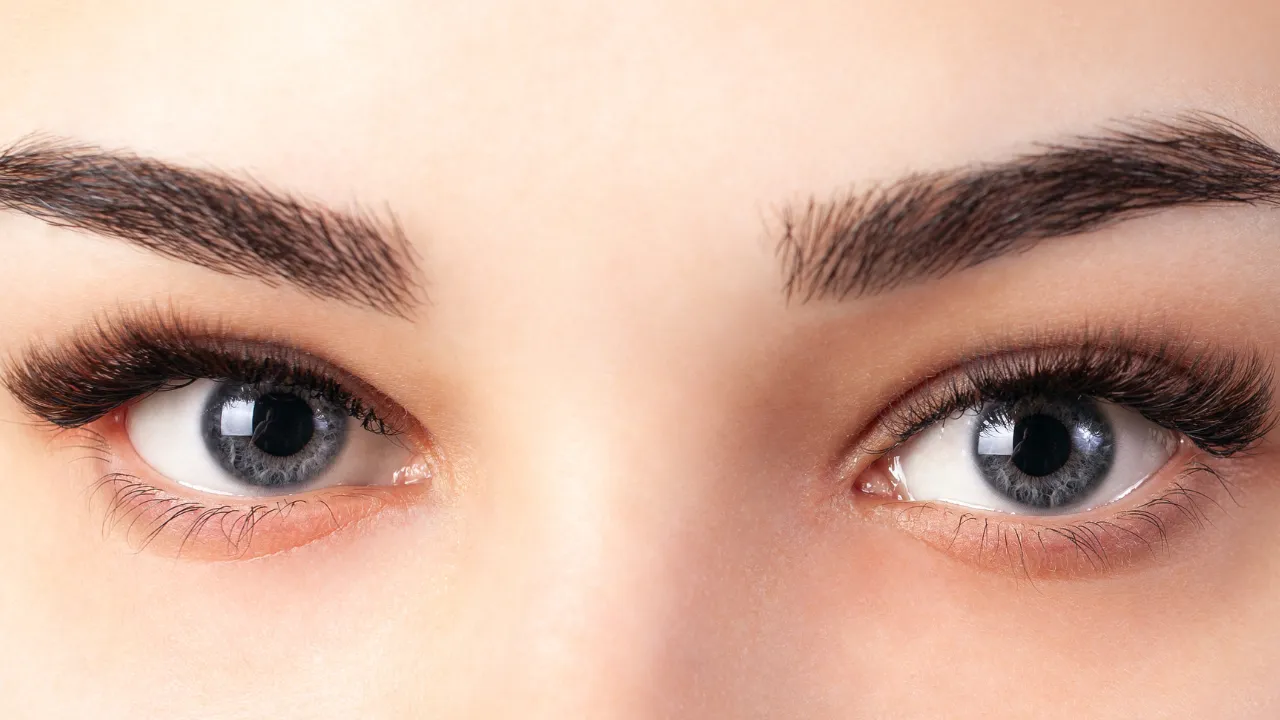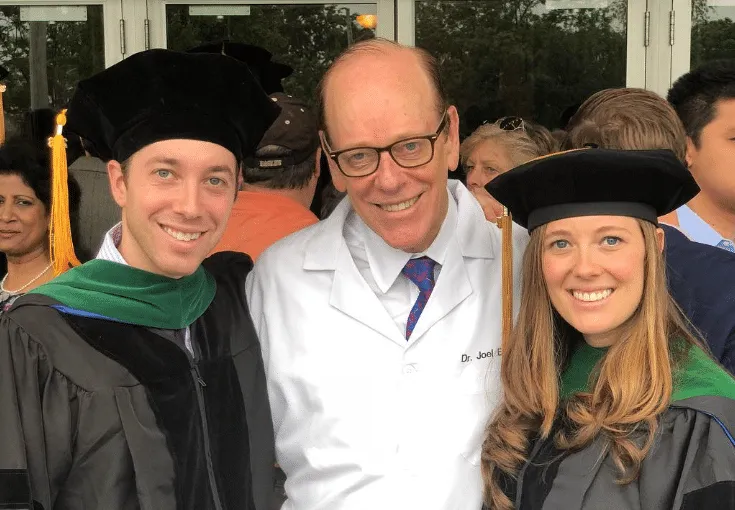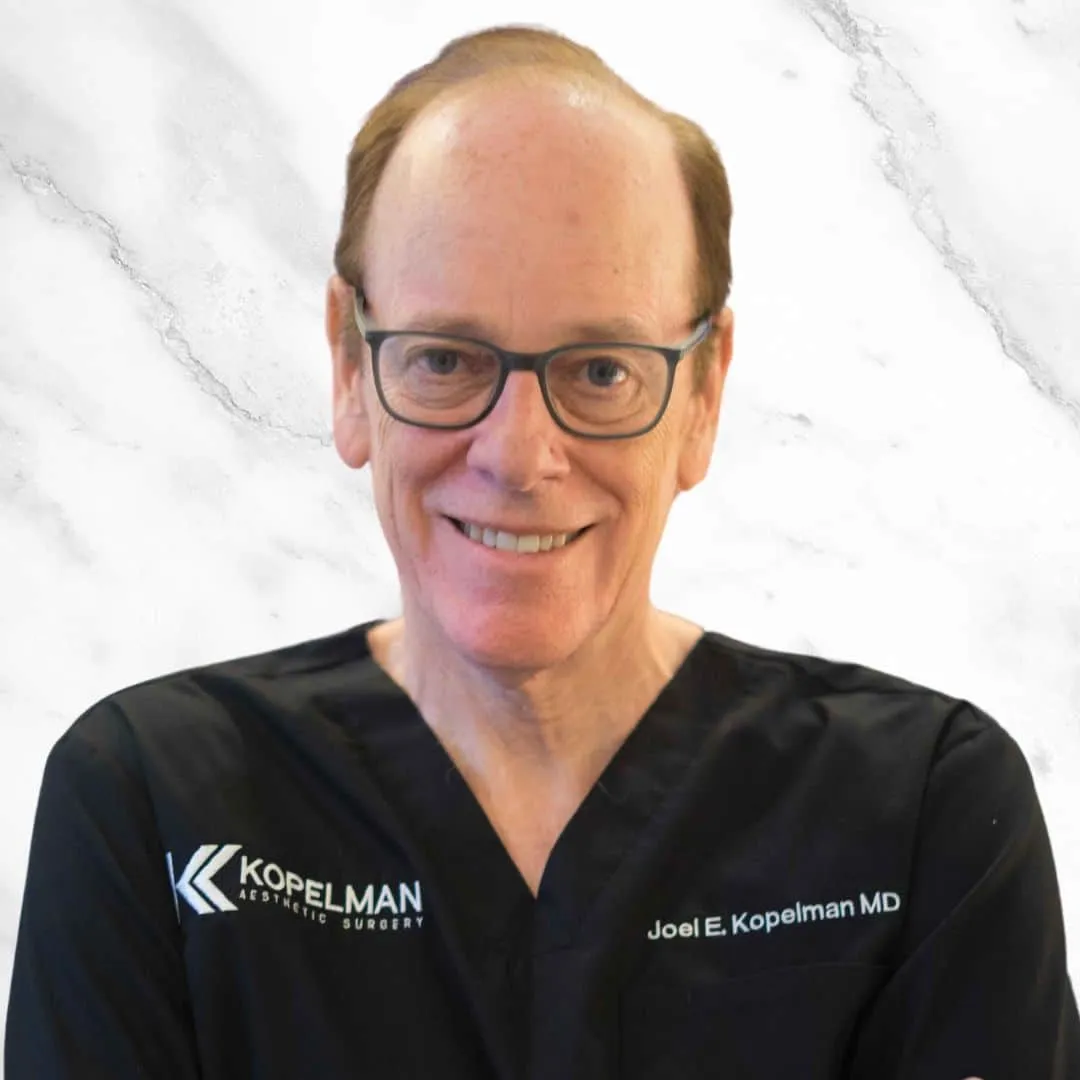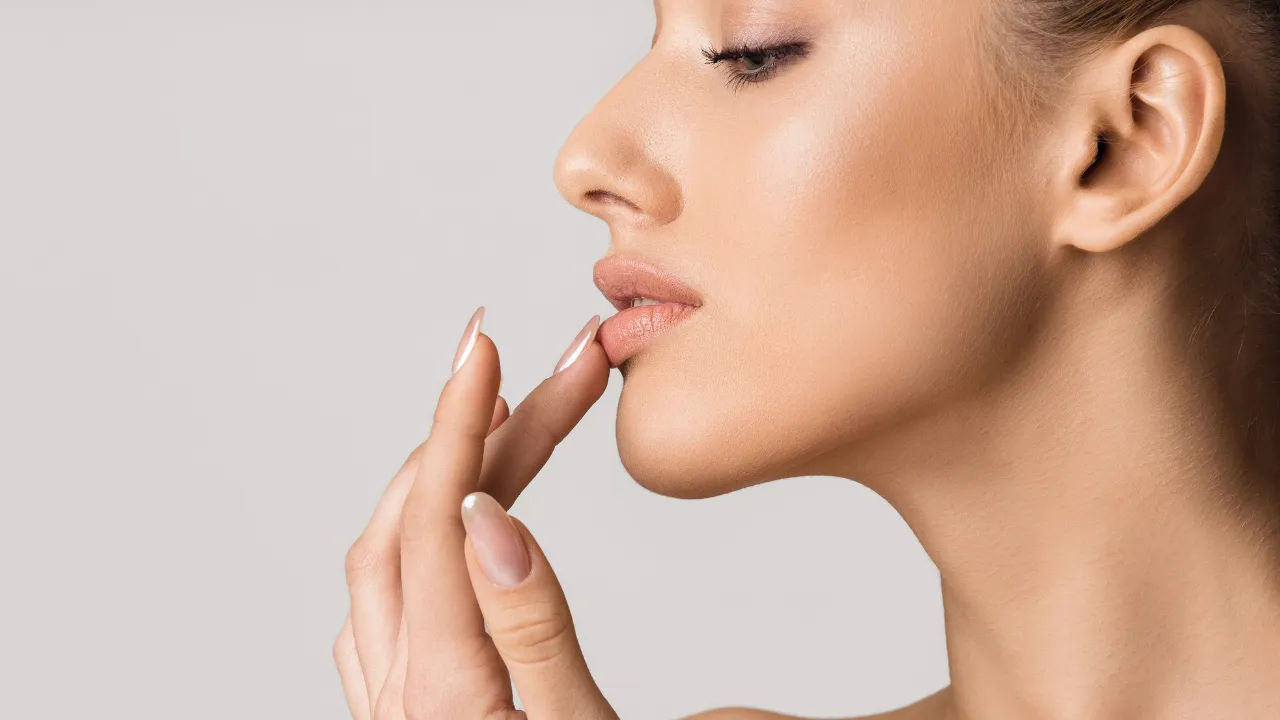Eyelid Surgery: Everything You Need to Know (Blepharoplasty)
Eyelid surgery, also known as blepharoplasty, improves the appearance and function of the eyes by removing excess skin and fat. Dr. Kopelman offers personalized care tailored to your specific needs. Read on to learn the important details of the procedure. We will discuss the types of surgeries available and what to expect during recovery.
Table of Contents
ToggleWhat is Eyelid Surgery (Blepharoplasty)?
Blepharoplasty is the medical term for eyelid surgery, a procedure that includes all forms of eyelid surgery aimed at addressing both functional concerns, such as improving vision, and aesthetic concerns, like removing excess skin.
While the terms “eyelid surgery” and “blepharoplasty” are often used interchangeably, they refer to the same procedure, with “blepharoplasty” being the more formal medical term.
Types of Eyelid Surgery
There are several types of eyelid surgery, each tailored to address specific needs and goals:
- Upper Eyelid Surgery: This type of surgery focuses on the upper eyelids and is often performed to remove excess skin and fat that can create a droopy or sagging appearance. It can also improve vision if drooping eyelids interfere with sight. This procedure is popular among individuals seeking a more youthful and alert look.
- Lower Eyelid Surgery: Lower eyelid surgery targets the area beneath the eyes, addressing issues such as puffiness, bags, and wrinkles. The goal is to create a smoother, more rejuvenated appearance by removing or repositioning fat and tightening the skin.
- Asian Blepharoplasty (Double Eyelid Surgery): This specialized form of eyelid surgery is commonly sought by individuals of East Asian descent who wish to create a distinct upper eyelid crease. The procedure enhances the definition of the eyelids while maintaining the natural appearance of the eyes.
Each type of eyelid surgery is designed to meet specific aesthetic or functional needs, helping patients achieve their desired results, whether it’s improving vision, reducing signs of aging, or enhancing the natural shape of the eyes.
Benefits and Indications for Eyelid Surgery
Blepharoplasty surgery, also known as an eyelid lift, offers both cosmetic and functional benefits. This procedure removes excess skin, fat, and muscle from the eyelids, reducing signs of aging like sagging and puffiness. An eyelid cosmetic surgery can create a more youthful and refreshed appearance, giving the eyes a brighter, more alert look.
Functionally, blepharoplasty surgery is important for those whose drooping upper eyelids impair vision. By lifting the eyelids, the procedure can improve the field of vision and enhance daily life.
The best age for an eyelid lift varies, but most people choose to undergo the procedure in their 40s to 70s. However, younger individuals may opt for surgery to address inherited traits, like under-eye bags or a double eyelid. Eyelid cosmetic surgery is a versatile option for achieving both aesthetic and functional improvements.
How to Qualify for Eyelid Surgery
To qualify for the surgical repair of the eyelid, certain criteria must be met. Eyelid surgeons start with a health assessment to ensure you’re fit for surgery. A visual field test is often done to see if drooping eyelids are affecting your vision, which strengthens your case for surgery.
Ideal candidates are those in good health with realistic expectations, seeking either cosmetic improvements or functional benefits like better vision. Eye lift cosmetic surgery is most effective when your personal goals align with medical needs.
Preparing for Eyelid Surgery
Preparing for eyelid surgery involves several important steps to ensure a smooth and successful procedure. Here’s a step-by-step guide:
- Preoperative Consultations: Schedule a consultation with your surgeon to discuss your goals and expectations. This is the time to ask questions about the cosmetic procedures for eyes and understand what the surgery will entail.
- Medical Evaluations: Your surgeon will conduct a thorough medical evaluation, including reviewing your health history and possibly ordering blood tests. They may also perform a visual field test if your surgery is for functional reasons.
- You might need to stop taking some medicines or supplements, like aspirin or herbal remedies, that can cause more bleeding. It’s also recommended to quit smoking well in advance of your surgery, as smoking can hinder the healing process.
- Day of Surgery Expectations: On the day of surgery, arrange for someone to drive you to and from the surgical center. Wear comfortable clothing, and avoid wearing any makeup or jewelry. Your surgeon will provide specific instructions on what to do and what to avoid before the procedure.
- Post-Surgery Preparation: Prepare your home for recovery by setting up a comfortable space with pillows to keep your head elevated. Have cold compresses, prescribed medications, and easy-to-prepare meals ready for when you return home.
By following these steps, you can ensure that you’re well-prepared for your eyelid surgery, making the process as smooth as possible.
The Eyelid Surgery Procedure
Eyelid surgery, or blepharoplasty, enhances the appearance and function of the eyelids by removing excess skin, fat, and muscle.
Surgical Techniques:
- Traditional Blepharoplasty: Small incisions are made along the eyelid creases to remove or reposition tissue, followed by sutures.
- Laser Blepharoplasty: A laser is used for incisions and tissue removal, often resulting in less bleeding and quicker recovery.
Anesthesia: Local anesthesia with sedation is common, keeping you awake but relaxed. General anesthesia may be used for more extensive procedures.
Pain Management: The surgery is typically not painful due to anesthesia. Afterward, mild discomfort, swelling, and bruising are normal. Pain is managed with prescribed medication, cold compresses, and keeping your head elevated. Most patients recover well and return to normal activities within a week or two.
Recovery Process and Aftercare
Recovery Process and Aftercare Recovery from eyelid surgery usually takes one to two weeks. In the first few days, expect some swelling, bruising, and mild discomfort, which you can manage with pain medication and cold compresses. Keep your head elevated and avoid strenuous activities to help healing. Following your surgeon’s care instructions, including keeping the incisions clean and attending follow-up visits, is key to getting the best results.
Eyelid Surgery in Special Cases
Eyelid surgery varies for each person. Factors like ethnicity and the unique needs of celebrities play a role in this difference.
Asian blepharoplasty, or double eyelid surgery, is designed to create a natural-looking crease. It does this without changing the patient’s ethnic identity. This procedure requires a delicate approach to ensure culturally appropriate results.
Famous patients, like celebrities, often choose eyelid surgery to keep their public image. They usually prefer methods that reduce visible scars and shorten recovery time. Privacy and discretion are also significant concerns, influencing both the surgical process and post-operative care.
These special cases show the need for personalized care. We must think about each patient’s goals, culture, and lifestyle. This helps achieve good results in surgery and recovery.
Next steps
Eyelid surgery, or blepharoplasty, can improve your eyes’ look and vision. Knowing the types of surgery, how to prepare, and what to expect during recovery helps ensure great results. Whether for cosmetic or functional reasons, Dr. Kopelman offers expert, personalized care. To discuss your options, schedule a consultation with Dr. Kopelman today.

